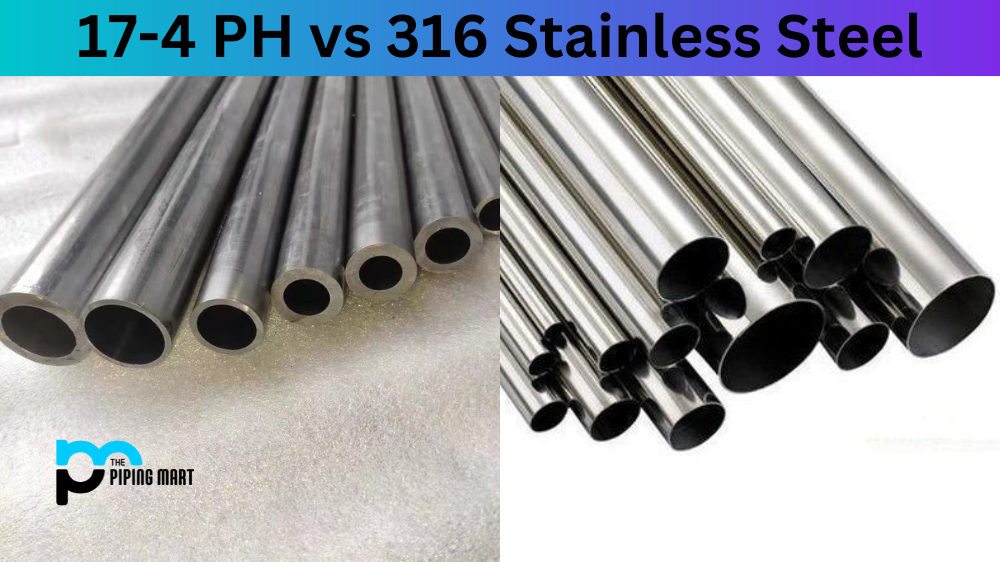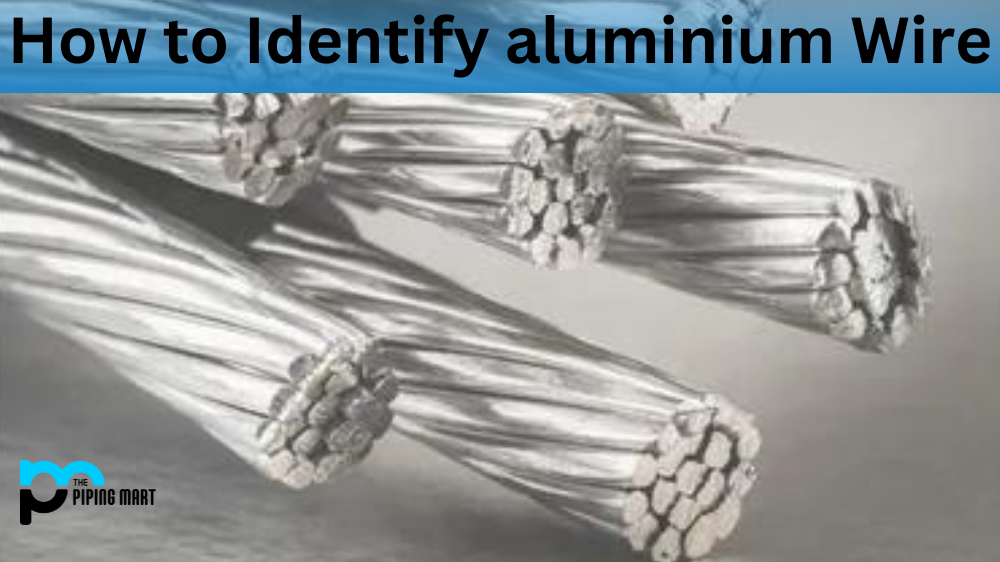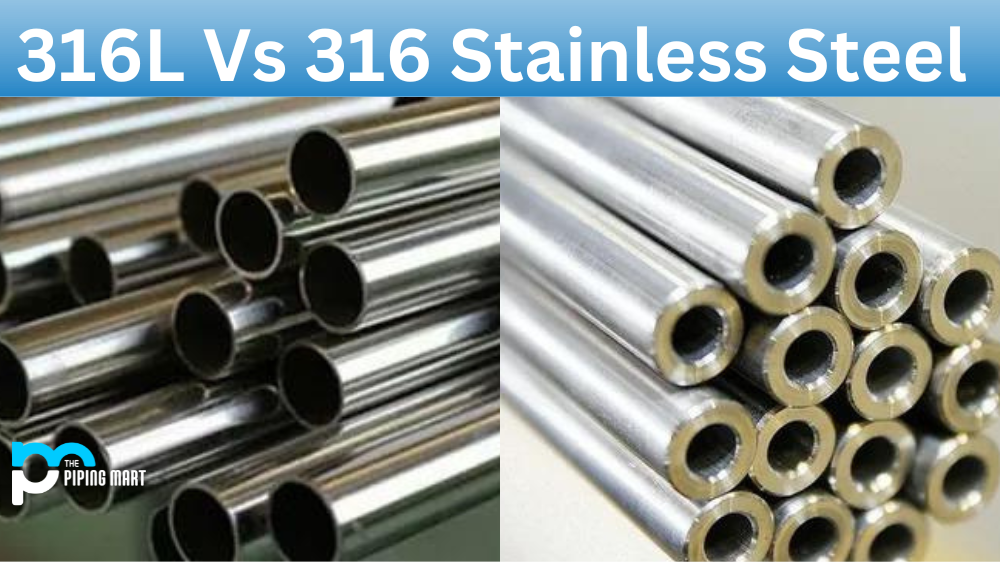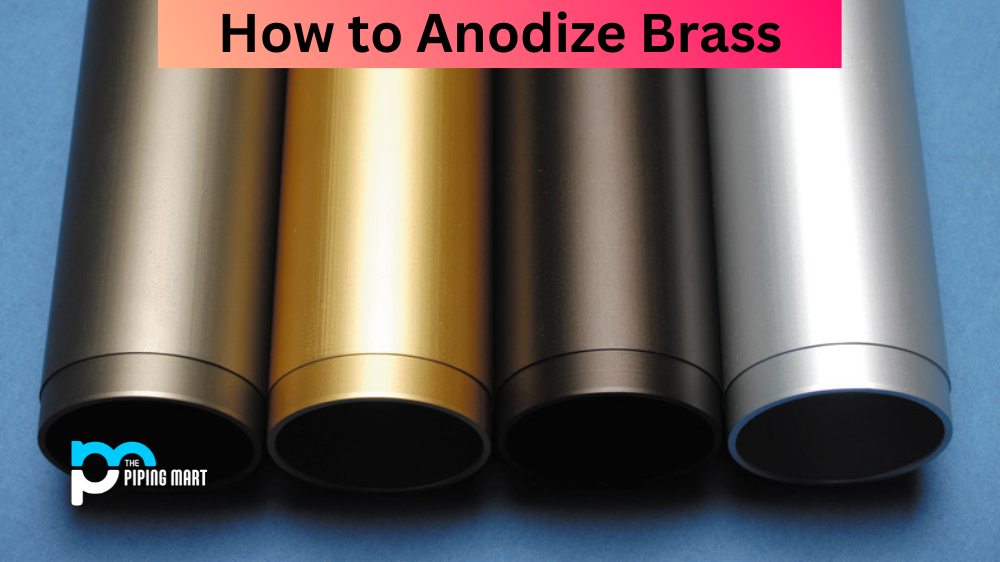Stainless steel is a popular material for various industrial applications thanks to its excellent properties, high strength, corrosion resistance, and durability. But not all types of stainless steel are equal, and choosing the right one for your application is crucial. When choosing between 17-4 PH and 316 stainless steel, things can get confusing. This blog post will compare and contrast these two stainless steel grades to help you make an informed decision.
Difference Between 17-4 PH and 316 Stainless Steel
Chemical Composition
17-4 PH and 316 stainless steel have different chemical compositions, giving them varying properties. 17-4 PH contains approximately 17% chromium and 4% nickel, making it highly corrosion-resistant, tough, and durable. It also contains 4% copper and 0.3% niobium, which enhance its strength and toughness. On the other hand, 316 stainless steel contains approximately 16-18% chromium, 10-14% nickel, and 2-3% molybdenum, which gives it superior corrosion resistance and excellent pitting resistance in saltwater environments.
Mechanical Properties
The mechanical properties of 17-4 PH and 316 stainless steel differ significantly. 17-4 PH stainless steel is a precipitation-hardening alloy that can be heat-treated to achieve high strength and hardness, making it ideal for high-stress resistance applications. It has a tensile strength of up to 1900 MPa and a yield strength of up to 1700 MPa. On the other hand, 316 stainless steel has a lower tensile strength of up to 620 MPa and a yield strength of up to 240 MPa. It is more ductile than 17-4 PH and has superior elongation and impact resistance.
Corrosion Resistance
Both 17-4 PH and 316 stainless steel are highly corrosion-resistant, but their performance varies depending on the environment. 17-4 PH is ideal for applications that require high resistance to stress corrosion cracking, pitting, and crevice corrosion. Its high copper content enhances its resistance to sulfuric acid, phosphoric acid, and other organic acids. 316 stainless steel, on the other hand, is ideal for applications that require high resistance to corrosion in saltwater environments or exposure to chlorides. Its high molybdenum content enhances its resistance to pitting and crevice corrosion.
Cost
The cost of 17-4 PH and 316 stainless steel varies depending on the grade, size, and quantity required. Generally, 17-4 PH is more expensive than 316 stainless steel due to its higher nickel and copper content and excellent mechanical properties. However, the higher cost of 17-4 PH may be justified for applications that require high strength and durability, such as aerospace, defence, and medical industries.
Weldability
17-4 PH stainless steel can be welded using all standard welding methods except oxyacetylene. Preheat 400 degrees Fahrenheit is recommended before welding, and cool slowly after welding to prevent cracking. 316 stainless steel can be welded using all standard welding methods except oxyacetylene. A preheat of 500 degrees Fahrenheit is recommended before welding, and cool slowly after welding to prevent cracking.
Applications
17-4 PH and 316 stainless steel find various applications in different industries. 17-4 PH is ideal for applications that require high-strength components such as gears, shafts, valves, and fasteners. It is also used in the aerospace, defence, and medical industries for critical components that require high durability. On the other hand, 316 stainless steel is commonly used in marine applications such as boat fittings, propellers, and shafts due to its superior corrosion resistance in saltwater environments. It is also used in food, chemical, and pharmaceutical industries due to its easy cleanability and superior corrosion resistance.
Conclusion
Choosing between 17-4 PH and 316 stainless steel can be challenging, largely depending on your application requirements. While 17-4 PH offers superior mechanical properties and high-stress resistance, 316 stainless steel has excellent corrosion resistance in saltwater environments and chloride exposure. By understanding the chemical composition, mechanical properties, corrosion resistance, cost, and applications of each stainless steel grade, you can make an informed decision that will ensure the optimal performance and longevity of your components or products. If you are still trying to decide which stainless steel grade is right for your application, consult a reputable supplier or manufacturer.

Abhishek is a seasoned blogger and industry expert, sharing his insights and knowledge on various topics. With his research, Abhishek offers valuable insights and tips for professionals and enthusiasts. Follow him for expert advice on the latest trends and developments in the metal industry.




